India Nepal Ties
Sat, 05 Nov 2022 | Reading Time: 3 minutes
The Prime Minister of Nepal made his first bilateral visit abroad to India since taking his oath in July 2021. The visit was a success in terms of launching connectivity projects and signing Memorandums of Understanding (MoUs).However, there still exist some pinpricks in the relation between the two, China being one of the major ones. Bilateral dialogues, strengthened economic connections and more sensitization towards the people of Nepal is what India needs to pursue to fulfil the objectives of its neighborhood first policy.
How have been India’s Ties with Nepal?
The India-Nepal Treaty of Peace and Friendship of 1950 forms the bedrock of the special relations that exist between India and Nepal. Nepal is an important neighbour of India and occupies special significance in its foreign policy because of the geographic, historical, cultural and economic linkages/ties that span centuries. India and Nepal share similar ties in terms of Hinduism and Buddhism with Buddha’s birthplace Lumbini located in present day Nepal.
In recent years, India’s relations with Nepal have witnessed some ‘lows’. The relationship between the two took a nosedive in 2015, with India first getting blamed for interfering in the Constitution drafting process and then for an “unofficial blockade” that generated widespread resentment against India.
What are the Highlights of the Recent Visit?
The operationalization of the 35 kilometer cross-border rail link from Jayanagar (Bihar) to Kurtha (Nepal) which will be further extended to Bijalpura and Bardibas. Another project includes a 90 km long 132 kV double circuit transmission line connecting Tila (Solukhumbu) to Mirchaiya (Siraha) close to the Indian border.
Additionally, agreements providing technical cooperation in the railway sector, Nepal’s induction into the International Solar Alliance, and between Indian Oil Corporation and Nepal Oil Corporation on ensuring regular supplies of petroleum products were also signed. India called for taking full advantage of opportunities in the power sector, including through joint development of power generation projects in Nepal and development of cross-border transmission infrastructure.
What are the Irritants in India-Nepal Ties?
Issues with Peace and Friendship Treaty: The 1950 Treaty of Peace and Friendship was sought by the Nepali authorities in 1949 to continue the special links they had with British India and to provide them an open border and the right to work in India. But today, it is viewed as a sign of an unequal relationship, and an Indian imposition. The idea of revising and updating it has found mention in Joint Statements since the mid-1990s but in a sporadic and desultory manner.
The Demonetization Irritant: In November 2016, India withdrew ₹15.44 trillion of high value (₹1,000 and ₹500) currency notes. Today, over ₹15.3 trillion has been returned in the form of fresh currency. Yet, many Nepali nationals who were legally entitled to hold ₹25,000 of Indian currency (given that the Nepali rupee is pegged to the Indian rupee) were left high and dry. The Nepal Rashtra Bank (central bank), holds ₹7 crore and estimates of public holdings are ₹500 crore. India’s refusal to accept demonetized bills with the Nepal Rastra Bank and the unknown fate of the report submitted by the Eminent Persons Group (EPG) have not helped in securing it a better image in Nepal.
Territorial Disputes: Another irritant in the Indo-Nepal ties is the Kalapani boundary issue. These boundaries had been fixed in 1816 by the British, and India inherited the areas over which the British had exercised territorial control in 1947. While 98% of the India-Nepal boundary was demarcated, two areas, Susta and Kalapani remained in limbo. In 2019, Nepal released a new political map claiming Kalapani, Limpiyadhura and Lipulekh of Uttarakhand and the area of Susta (West Champaran district, Bihar) as part of Nepal’s territory.
How Can India Resolve its Differences with Nepal?
Dialogues for Territorial Disputes: The need today is to avoid rhetoric on territorial nationalism and lay the groundwork for quiet dialogue where both sides display sensitivity as they explore what is feasible. India needs to be a sensitive and generous partner for the neighborhood first policy to take root. The dispute shall be negotiated diplomatically under the aegis of International law on Trans-boundary Water Disputes. In this case, boundary dispute resolution between India and Bangladesh should serve as a model for this. Sensitizing Towards Nepal: India should engage more proactively with Nepal in terms of people-to-people engagement, bureaucratic engagement as well as political interactions. it should maintain the policy of keeping away from internal affairs of Nepal, meanwhile in the spirit of friendship India should guide the nation towards more inclusive rhetoric.
Strengthening Economic Ties: The power trade agreement needs to be such that India can build trust in Nepal. Despite more renewable energy projects (solar) coming up in India, hydropower is the only source that can manage peak demand in India. For India, buying power from Nepal would mean managing peak demand and also saving the billions of dollars of investments which would have to be invested in building new power plants, many of which would cause pollution.
Investments from India: The Bilateral Investment Promotion and Protection Agreement (BIPPA) signed between India and Nepal needs more attention from Nepal’s side. The private sector in Nepal, especially the cartels in the garb of trade associations, are fighting tooth and nail against foreign investments. It is important that Nepal conveys this message that it welcomes Indian investments.
Disclaimer
The opinions expressed in this article are the author’s own and do not reflect the views of Chanakya Forum. All information provided in this article including timeliness, completeness, accuracy, suitability or validity of information referenced therein, is the sole responsibility of the author. www.chanakyaforum.com does not assume any responsibility for the same.
Chanakya Forum is now on . Click here to join our channel (@ChanakyaForum) and stay updated with the latest headlines and articles.
Important
We work round the clock to bring you the finest articles and updates from around the world. There is a team that works tirelessly to ensure that you have a seamless reading experience. But all this costs money. Please support us so that we keep doing what we do best. Happy Reading
Support Us





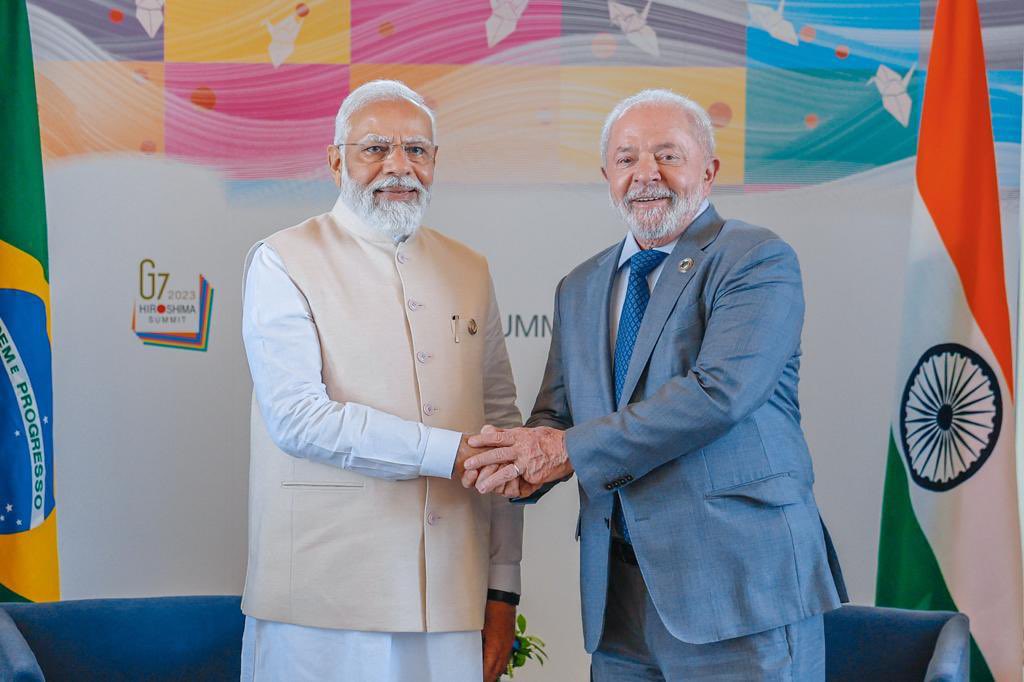

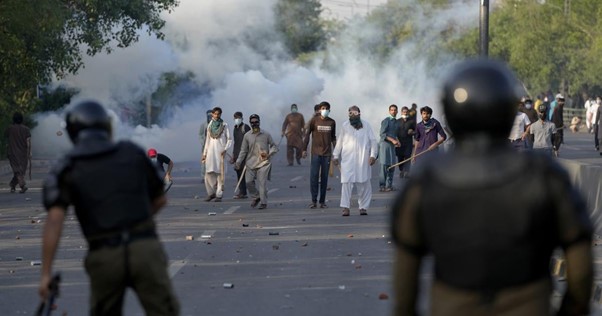

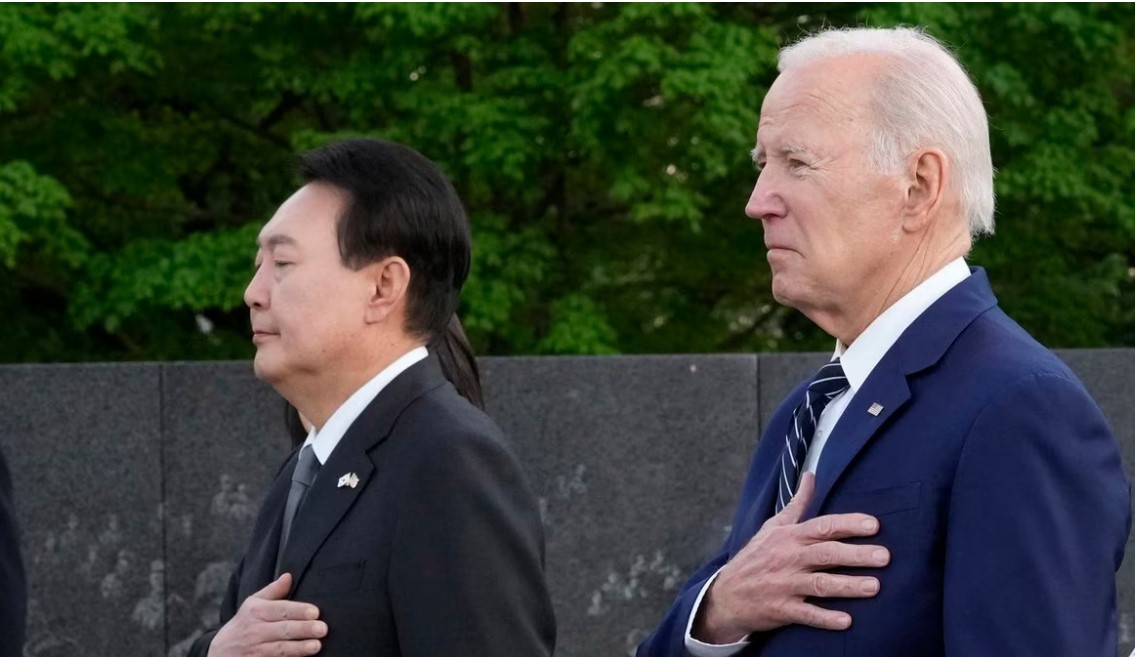


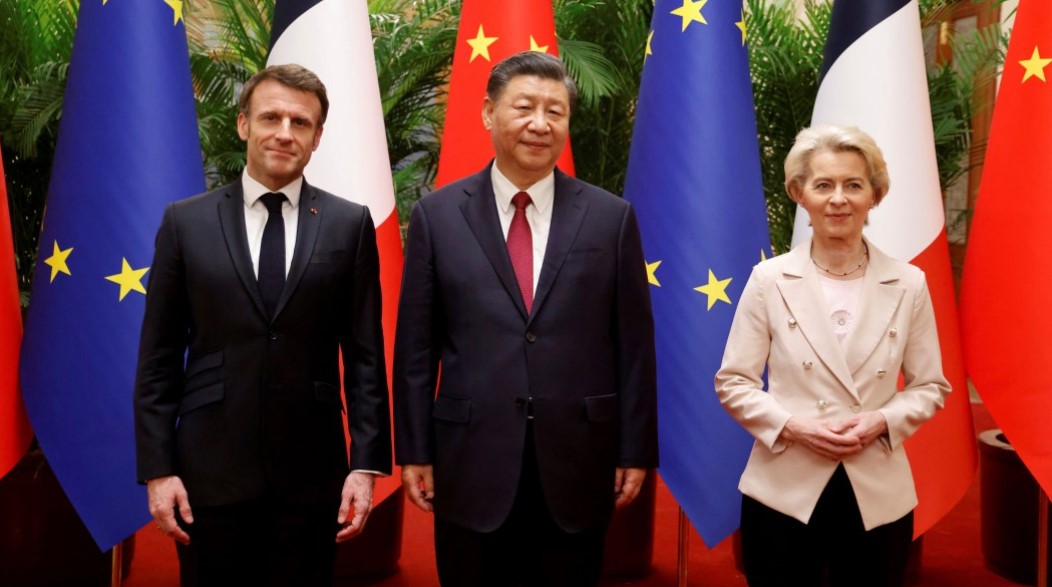
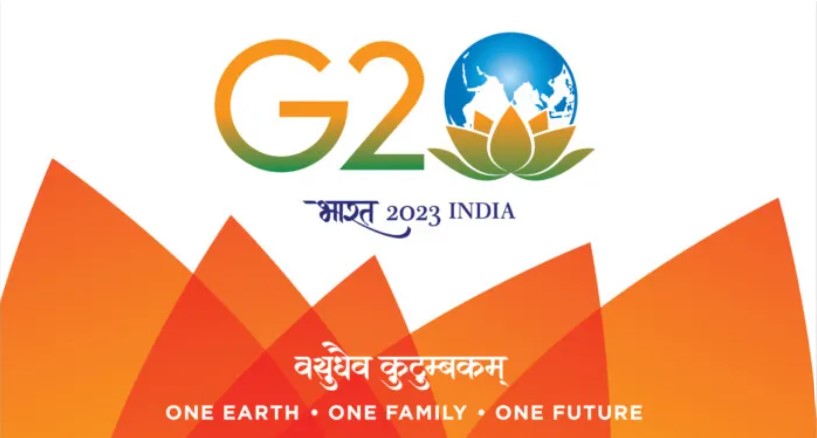






POST COMMENTS (0)